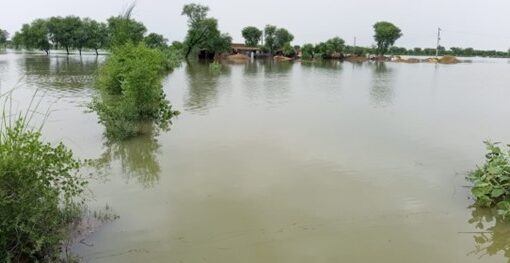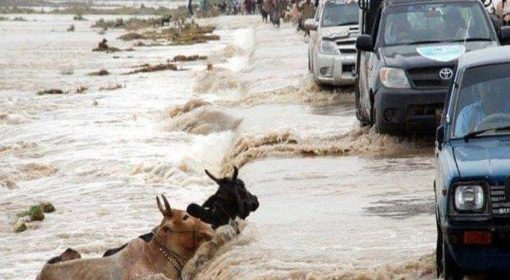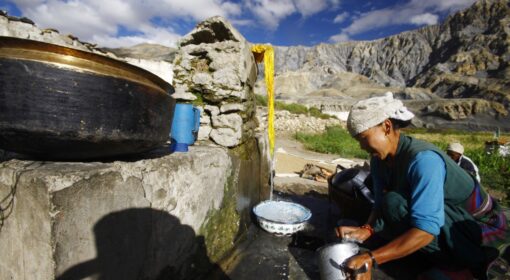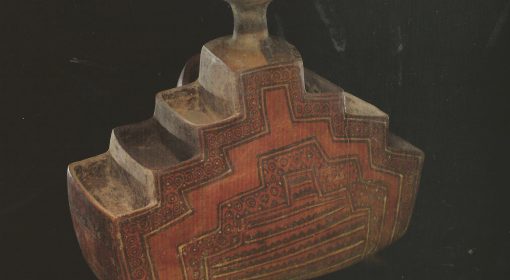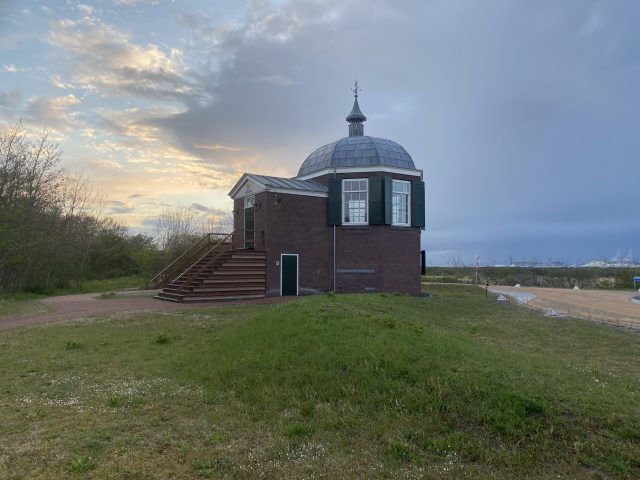
Postcard from Koepel Zeeburg, Oostvoorne, Zuid Holland, the Netherlands. It is a small monument of the cooperation among people, cooperation that is both necessary and pleasant. The coastal island of Voorne-Putten in the Southwest of the Netherland was always dependent on the protection from the sea by natural sand dunes and the man-made dyke surrounding the island. In the maintenance of such flood protection, regular checking of the dikes and dunes is essential.
Koepel Zeeburg was built in 1742 for the meetings of those inspecting the protection works – the socalled Generale Dijkage (General Flood Protection). This consisted of a Dyke Master and representatives of water management of six small polder water boards (heemraadschappen), that take care of the different land units within the island. From the 17th century the flood protection became a collective responsibility. Prior to that each water board was responsible for the dyke section adjacent to it land, but for some water boars this became a too heavy an effort.
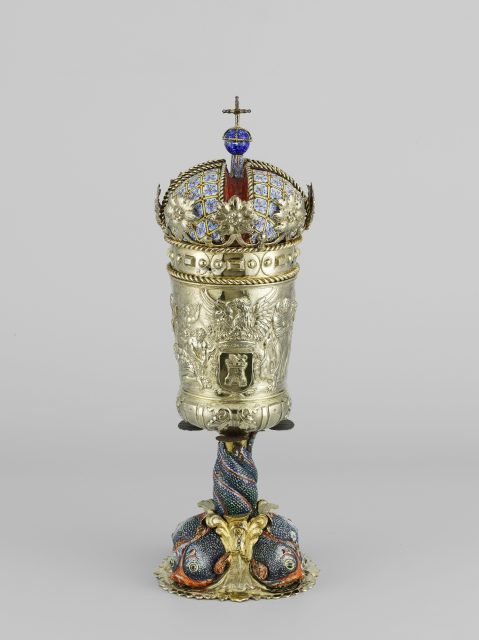
They would meet, drink a glass, then would go out to inspect. After the inspection they would dine and discuss further at the local pub. As an embodiment of the cooperation a beautiful but simple octagonal building was made with an elegant doom. The inspection meetings were small celebration in their own right. The Dyke master and representatives of the polder promised to do justice unanimously and without prejudice, and to celebrate this in the end they would all drink from the same beautiful silver ornamented vessel, the so-called Hensbeker, as a testimony to their brotherhood. Drinking from the silver vessel was special . Any new member of the Dykage was initiated by having to empty the vessel in one go. After the drinking members would write small wisdoms and poems in a special Drinkboek – Drinking Book. The name Hensbeker comes from ‘all hands together’.
The special shape of the building was also its undoing in the Second World War, when the German army built the Atlantik Wall – the enormous defense against an attack from the sea – stretching from Norway to France. This was part of an enormous bunker building program, with bunker being peppered all over the coast line. Many building were demolished either because they stood in the way of the firing ine or because they were too characteristic and could be used as beacon/ deacon by British war planes. So was the fate of Koepel Zuidburgh: demolished in 1942 by the German forces.
The memory of the little monument did not fade away though and in 2014 with the cooperation of many institutions and sponsors Koepel Zeeburg was rebuilt.
